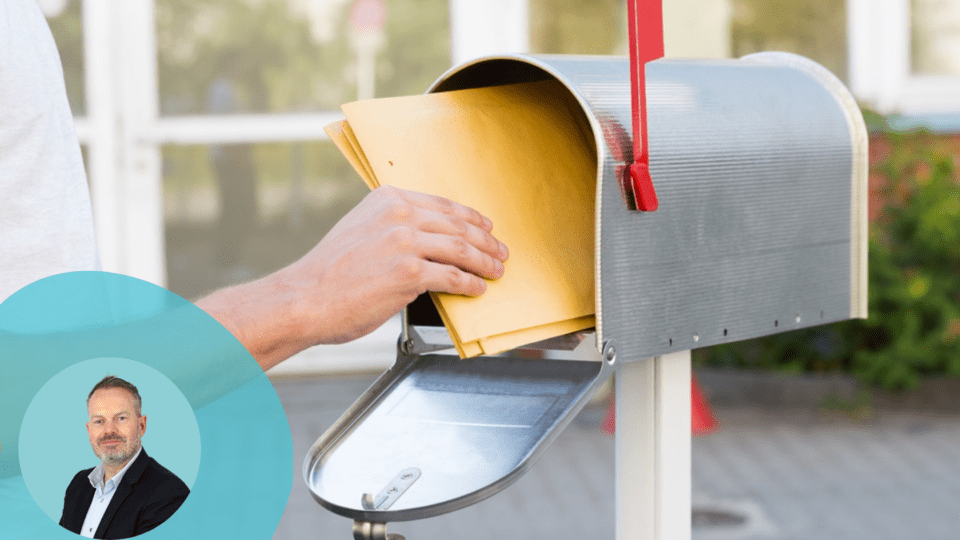Omnichannel, through-the-line, integrated: popular marketing synonyms that date back decades. Call it what you will, the quest for joined-up communications has been lengthy — and often unsuccessful.
Despite brands’ best intentions, their ability to harness online and offline media for fully dovetailed campaigns is frequently hampered by siloed departments with teams working in ignorance of each other — even duplicating work. More omnishambles than omnichannel.
In response, wise brands are realizing there’s a smarter way to build their campaigns from the start, by separating print and digital comms but calling on the power of both for maximum effect.
Print may, in some ways, seem to have become outmoded by digital, but the rush to online comms can ignore large parts of the customer journey as well as the specific demands of many key customer segments.
3 Key Components of Print Campaigns
While there are multiple moving parts to using print communications well in your marketing strategies, I feel it helps organisations to focus on three specific elements.
The first element is flexibility. There are generally two reasons why brands prepare printed executions: marketing, meaning promotional material, or regulatory requirements, i.e. the “official” letters highlighting price increases or account balances to utilities customers, for example.
Whatever your reasons for running a print campaign, the ability to pivot at short notice is vital. You might discover that a certain segment of the target audience isn’t responding to offers via digital comms, for instance, and decide to switch to print for better results.
Monitoring and flipping media channels in this way can really help optimize the timing, volume and targeting of campaigns. But it means baking in channel strategy during your initial customer segmentation process.
The second element is relevance. In a world where we’re all bombarded with marketing messages, none of us wants to be exposed to communications that don’t add value to our lives — whether that’s entertainment or exclusive offers. I’m a keen golfer, so the call I got about a corporate package at the rugby wasn’t relevant; flag up a Ryder Cup experience, however, and it might be a hole in one.
Again, the very first step of the customer targeting process is critical here. Acquisition can only succeed through customer segmentation. What are the groups that will respond best to print initially? Who prefers early digital interaction with brands? In a constantly online world, a mailing feels like “the human touch” from brands.
The third element is timeliness. Understanding where the customer is on their journey — whether they are new to the brand or potentially making a repeat purchase — makes it easier to determine how best to drive them to complete a transaction.
Identifying trigger events is another aspect of “right person, right time” when print can propel purchases. No longer is this a case of building a bank of data over months to reach the required volume, then waiting for the right print cost to deploy a mass mailing. If the customer has viewed an item online, for example, technology such as website tagging and image scraping can now be used to create a quickfire response in the form of a personalized direct mail piece that nudges them to the checkout.
Use Data to Drive Printed Communications
Underpinning these collective modern, sophisticated print strategies is data.
Having the right data at your fingertips means you can simultaneously entice high-value customers to spend with your brand but also identify and cut out those individuals who are less likely to respond.
We recently helped a major telco company reassess its channel strategy using key industry data sources such as Nielsen and JICMAIL. The brand realized it had slashed print spend too far, to the point where its approach had become counterproductive in comparison to its rivals’ response rates. Our evidence persuaded the organisation to increase print volumes once more — with gratifying results. This type of business intelligence can have a hugely positive effect on the cost per acquisition of marketing campaigns.
Data is also allowing print to be just as agile in execution as it is in customer targeting. Gone are the days of five-week mail schedules. Today, print experts can receive a customer data file, devise a new campaign and deploy it so it’s pushed through letterboxes in just a couple of days. While that’s not quite the real-time option promised by online channels, it does mean print and digital can now be used simultaneously for rapid, tactical marketing campaigns.
Amid the deluge of digital advertising options, and at a time when campaign costs are continuing to rise, it feels like print must constantly prove its worth. But it’s still a smart and agile way to initiate customer journeys, manage budgets, minimize churn and maximize results — even if print must eventually dovetail with digital somewhere down the line.
Most importantly, print opens up a wider range of channels to satisfy choice-hungry customers. It turns out that returning to a traditional type of marketing as early as possible in acquisition strategies could actually be a key component of successfully future-proofing your customer comms.
Ben Snutch is the Chief Customer Officer at Go Inspire Group. He has over 20 years of experience within direct marketing and print-related disciplines and is well known and respected within the industry. Passionate about helping brands create frictionless customer journeys across all aspects of customer communications for both physical and digital channels, Snutch ensures that execution of campaigns is achieved on time and in full and that the desired commercial outcomes are being delivered for clients.




